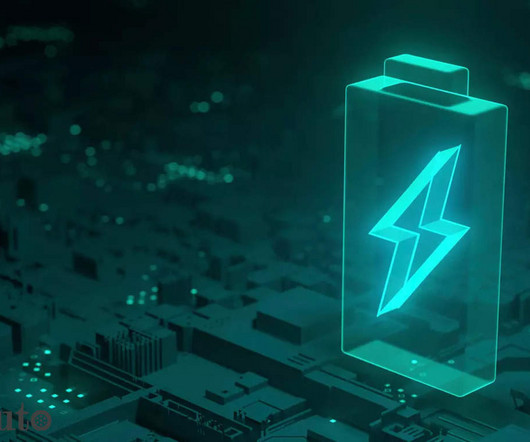New mesoporous crystalline Si exhibits increased rate of H2 production; potential use in Li-ion batteries also
Green Car Congress
APRIL 11, 2014
The etching process uses to produce porous silicon results in the loss of material, said said Donghai Wang, assistant professor of mechanical engineering, who led the research. Instead, Wang’s team uses a chemically based method that builds up the material rather than removing it. Batteries Hydrogen Production Solar Solar fuels'





















Let's personalize your content